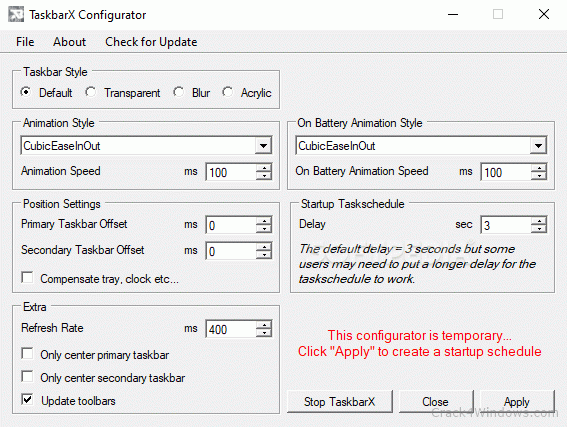


Developers of accessibility tools can use this information to create software that makes applications running on Windows more accessible to people with vision, hearing, or motion disabilities.īoth Microsoft Active Accessibility and UI Automation expose the UI object model as a hierarchical tree, rooted at the desktop. The purpose of both technologies is to expose rich information about the UI elements used in Windows applications. Existing Microsoft Active Accessibility ImplementationsĪlthough Microsoft Active Accessibility and UI Automation are two different technologies, the basic design principles are similar.Choosing Microsoft Active Accessibility, UI Automation, or IAccessibleEx.MSAA Roles and UI Automation Control Patterns.This topic provides summarizes the main differences between Microsoft Active Accessibility and UI Automation. Microsoft Active Accessibility is the legacy accessibility technology that was introduced as a platform add-in for Windows 95, while UI Automation is a newer, more capable technology that overcomes the limitations inherent in Microsoft Active Accessibility. The Windows Automation API consists of two technologies-Microsoft Active Accessibility and Microsoft UI Automation.


 0 kommentar(er)
0 kommentar(er)
